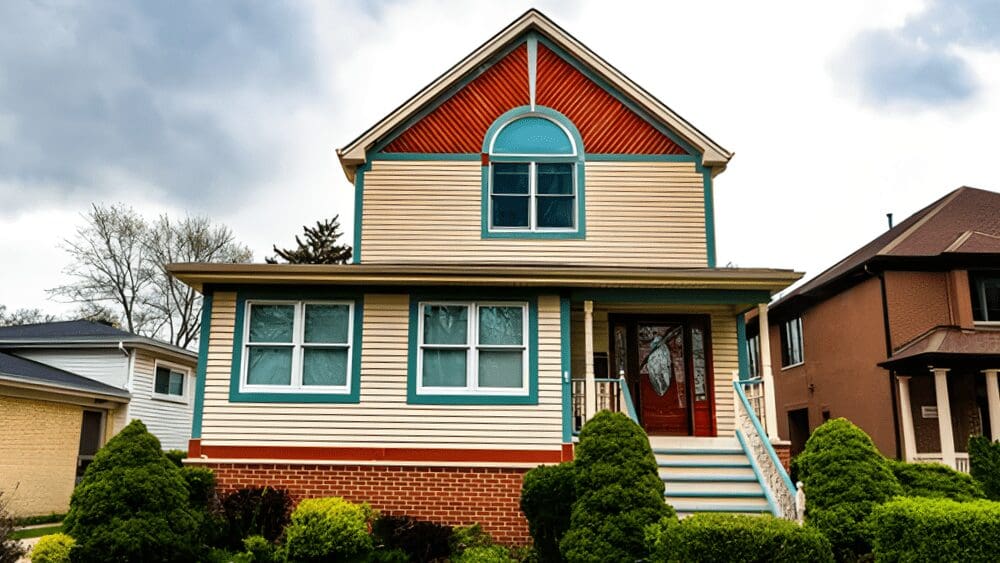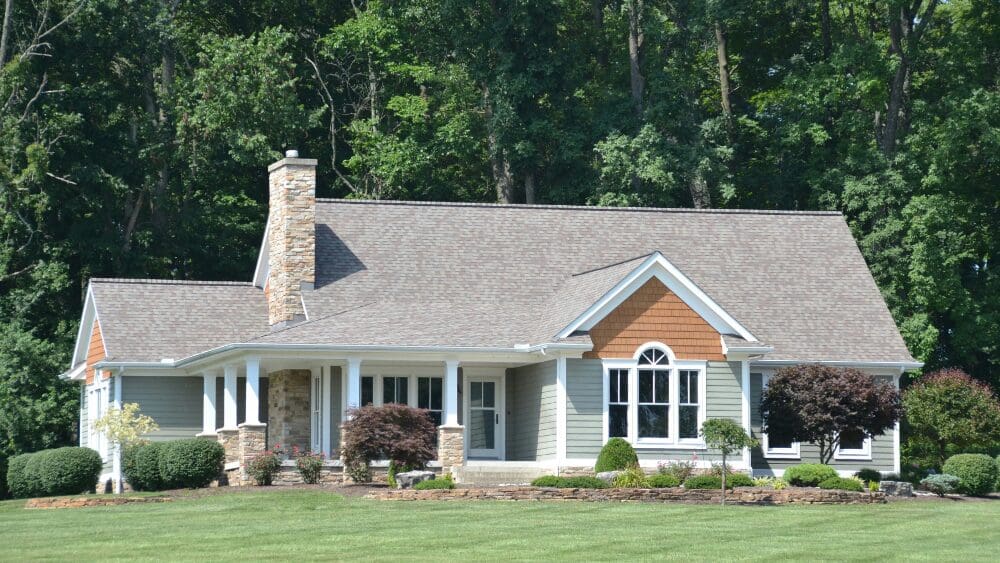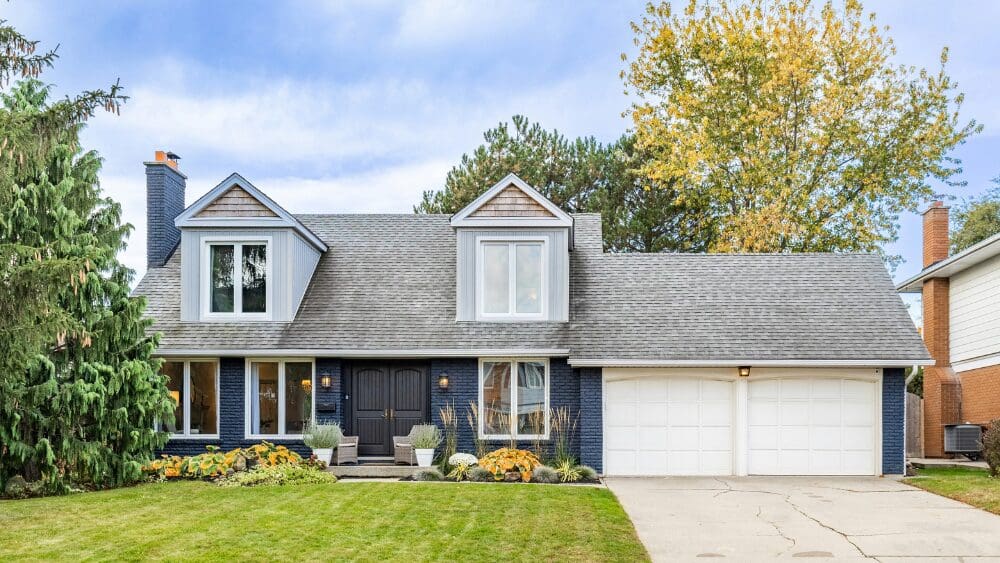
You’ve picked out the home, and imagined every little decorating detail. You’ve worked hard to improve your credit score, pay down your debts, and save up for a healthy down payment. Finally, you’re ready to buy that dream home and tackle this whole mortgage thing once and for all. Except suddenly, you’re met with confusing terminology: “conventional,” “conforming,” “non-conforming,” and “government-backed.” What does any of that even mean? It’s all so overwhelming that you just wish someone would come over to your home, brew you a hot cup of tea, and walk you through it all step-by-step. That’s where we come in — though sadly, you’ll have to brew your own tea. We talked to Jessica Sanchez, Director of Underwriting & Loan Management at HomeLight Home Loans, to walk through the ins and outs of conventional loans. Here’s what you need to know. A conventional loan is a private mortgage that’s not backed by the federal government (we’ll get to government loans in a bit). Most homebuyers get a conventional loan. In fact, according to recent data from Ellie Mae, more than two-thirds of buyers use conventional loans. All buyers who want to use a conventional loan will have to meet certain credit, debt, and savings requirements, as defined by the specific lender. There are two main types of conventional loans: conforming and non-conforming. Conforming loans are mortgages that conform to financing standards set by the federal government, and can therefore be purchased by Fannie Mae and Freddie Mac. Most buyers use conforming loans. Fannie and Freddie are government-sponsored entities (GSE) that back most of the mortgages in the U.S. Here’s how it works. 1. Fannie and Freddie set requirements that all buyers have to meet to get a conforming loan. These requirements include: 2. If a buyer meets the minimum requirements, they should be able to qualify for a conventional, conforming mortgage. A few caveats: Non-conforming loans are conventional mortgages made by private lenders that aren’t eligible to be purchased by Fannie and Freddie, whether because they’re too large to fall within conforming loan limits (i.e. “jumbo” loans), the property type doesn’t fall within GSE guidelines, or the loan has features not supported by Fannie or Freddie. Conventional, conforming loans have limits, meaning a maximum loan amount you can take out to qualify for that type of loan. “The conforming loan limit differs from county to county,” Sanchez shares. “Any time you go over that conforming loan limit by even a dollar, you’re now considered a jumbo loan, which is a type of non-conforming loan.” In most counties, the conforming loan limit is $510,400, though it can be higher in expensive cities, such as San Francisco. Jumbo loans are generally considered a bit riskier for lenders, so they’ll typically have stricter qualifications such as higher minimum credit scores, larger down payment requirements, and more significant asset reserves, plus a lower maximum DTI. Besides conventional loans, you can get government-backed loans. These loans are guaranteed by the federal government. That means if you stop paying, the government will step in to cover at least some of the loss for the lender. Here’s a quick rundown of the three major government-backed loans. Note that with government-backed loan options, your lender will have to work to meet all the requirements the government entity has established for those loans. Often there are a few more steps that need to be taken to obtain a government loan. For example, FHA loans have more stringent appraisal requirements, or a veteran is required to get a letter of eligibility from the VA to qualify for a VA loan. Government-backed loans, while fantastic for some buyers, can take longer and cause a bit more frustration, but working with a licensed loan officer that specializes in these types of loans can be a huge help. If you’re taking out a conventional loan, the most common interest options are fixed-rate or adjustable-rate (ARM). With a fixed-rate mortgage, you pay the same mortgage rate — and the same mortgage payments — over the life of the loan. Usually, fixed-rate mortgages are paid back over 15 or 30 years. Fixed-rate mortgages tend to be used by buyers who plan to stay in the home over a long period of time. With an adjustable-rate mortgage (ARM), you pay a lower rate for an introductory period of 5, 7, or 10 years, and then your rate is adjusted to the current market rate every year for the rest of the loan. Payback periods for these loans are usually 30 years. Adjustable-rate mortgages tend to be used by buyers who don’t plan to be in their homes long-term. There are other, less common types of interest on conventional loans, such as interest-only, but these tend to be used more by investors than your average homebuyer. So, you’re ready to buy a home and think getting a conventional loan might be for you. What now? The good news is, because conventional loans are so common, it’s not hard to come by a lender. The bad news is, applying for a mortgage is a lot of work. Here’s what you need to do. Don’t just apply with the first lender you come into contact with. Get rate quotes from multiple lenders. If you skip this step, you could be leaving a huge amount of money on the table. Recent Freddie Mac research shows that around half of homebuyers don’t shop around for a mortgage. The research further finds that if you get a rate quote from just one more lender, you could save $1,500 over the loan, and if you get five more quotes, you could save $3,000. Once you get all your quotes and choose a lender, it’s time for the not-so-fun part: applying for a mortgage. Work with your lender to get all your financial documents in. These include things like proof of income, tax returns, bank statements, investment account statements, and more. Basically, if it proves your income or assets, you’ll need to show your lender as you go through the mortgage application. Your lender will walk you through your payback options, and you’ll decide on loan terms that make the most sense for you. After you’ve completed your application, your lender will take over and go through all the nitty-gritty details of your financials, plus the property you want to buy, to decide whether they can safely loan you the money. Be prepared: this can take weeks, and you’ll need to be on call for your lender throughout the process. Once your loan is approved and you’ve sailed past closing day (with its many, many documents), you’ve got your conventional mortgage. Now all you have to do is pay in full on time every month, and you’re good to go. Of course, getting a mortgage can have a lot of twists and turns, depending on your situation. A quality lender will walk you through each step of the process, and make sure you feel comfortable at every step. Conventional loans are used by the majority of buyers, but that doesn’t mean they’re right for everyone. Let’s walk through the benefits and drawbacks of going conventional. Conventional loans typically come with fewer costs than FHA loans (though you may save on fees with a VA or USDA loan if your situation qualifies). “Generally, FHA loans are for people with lower income or credit scores,” Sanchez shares. “They tend to go up to higher debt-to-income ratios than a conventional loan and are designed for borrowers with a higher credit risk profile. With more risk comes more expense, so these loans tend to have a higher interest rate and additional fees. If you qualify for a conventional loan, there’s probably no advantage to FHA, because of those increased fees.” Plus, if you qualify for conventional, you’ll have plenty of lender options. Almost every mortgage lender offers at least some conventional loan programs, so you’ll have plenty of companies to choose from. Remember that each lender offers different rates, so make sure to take advantage of comparison shopping. The biggest drawback of a conventional loan? The stricter eligibility requirements. Conventional loans generally have more stringent buyer qualifications than government loans, due to lending requirements. If you don’t have the financial background to qualify for a conventional loan, FHA and other government-backed options could be a great alternative that can make homeownership accessible for you. Header Image Source: (Jane Stroebel / Unsplash)What’s a conventional loan?
The different types of conventional loans
Conforming loans
Who sets the requirements for conforming loans (and what are they)?
Non-conforming loans
Loan limits and jumbo loans
What other types of loans are there besides conventional?
The most common interest options for conventional loans
Fixed-rate mortgage
Adjustable-rate mortgage (ARM)
Other interest rate types
How do you get a conventional loan?
1. Comparison shopping
2. Apply for a mortgage
3. Get through financing
4. Move in and start paying
What are the pros and cons of a conventional loan?
Pros of a conventional loan
Cons of a conventional loan



